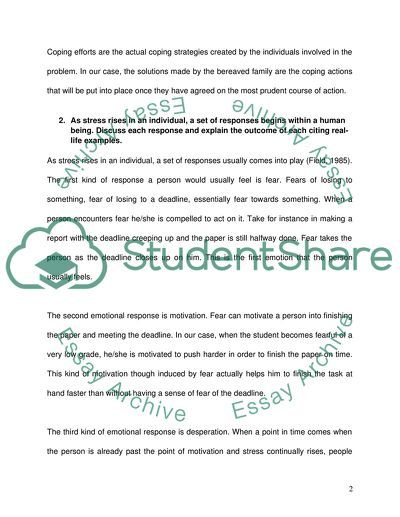Cite this document
(Self-Motivation Tools and Emotional Response Assignment, n.d.)
Self-Motivation Tools and Emotional Response Assignment. Retrieved from https://studentshare.org/psychology/1708259-human-motivation-essay
Self-Motivation Tools and Emotional Response Assignment. Retrieved from https://studentshare.org/psychology/1708259-human-motivation-essay
(Self-Motivation Tools and Emotional Response Assignment)
Self-Motivation Tools and Emotional Response Assignment. https://studentshare.org/psychology/1708259-human-motivation-essay.
Self-Motivation Tools and Emotional Response Assignment. https://studentshare.org/psychology/1708259-human-motivation-essay.
“Self-Motivation Tools and Emotional Response Assignment”, n.d. https://studentshare.org/psychology/1708259-human-motivation-essay.


